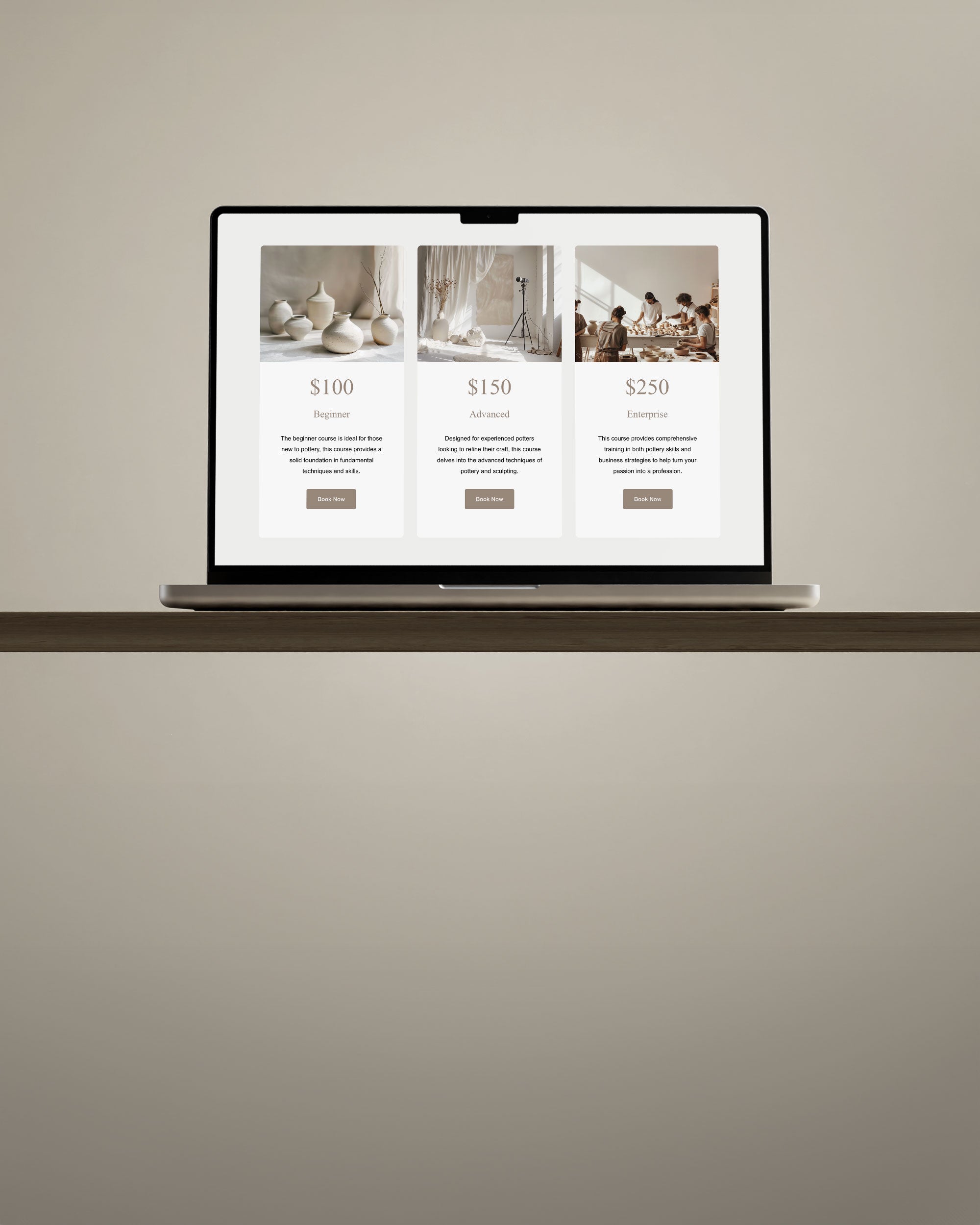As a graphic designer, choosing the right font can make or break a design. Pairing fonts correctly is crucial in creating a cohesive and visually appealing design. In this blog post, we'll discuss tips and tricks for matching fonts like a pro.
Table of Contents
- Contrast is Key
- Stick with the Same Family
- Limit the Number of Fonts
- Consider the Mood and Purpose
- Test Your Fonts
- Use Online Tools
- Consider Hierarchy
- Look for Inspiration
- Don't Forget About Spacing
- Final Thoughts
Contrast is Key
Contrasting fonts can add depth and interest to your design. When pairing fonts, choose ones that have different weights, styles, or structures. For example, pairing a bold and thick font with a thin and delicate one can create a beautiful contrast. Be careful not to choose fonts that are too similar, as it can create a boring and uninteresting design.
Stick with the Same Family
Matching fonts from the same family is an easy way to ensure a harmonious design. Font families are designed to work together, so choosing a combination from the same family can make the pairing process a lot easier. This is especially helpful when designing a layout that requires different font weights, as font families often have varying weights included.
Limit the Number of Fonts
While it can be tempting to use as many fonts as possible, it's best to limit the number of fonts used in a design. Too many fonts can make your design look cluttered and hard to read. Stick to 2-3 fonts maximum for a clean and organized look.
Consider the Mood and Purpose
When choosing fonts, consider the mood and purpose of the design. A playful and fun design would benefit from a whimsical and quirky font, while a serious and professional design would require a more traditional and formal font. Make sure the font matches the tone and purpose of the design.
Test Your Fonts
Before finalizing your font choices, make sure to test them out in your design. Sometimes fonts that look great on their own may clash when paired together. Testing your fonts will help you see how they work together and make any necessary adjustments.
Use Online Tools
There are many online tools available that can help you match fonts. These tools allow you to preview different font combinations and see how they look in your design. Some popular options include Canva's font combination generator, FontJoy, and Adobe Typekit. These tools can save you time and help you discover new and unique font pairings.
Consider Hierarchy
When pairing fonts, it's important to consider hierarchy. This means choosing a font for the main headings and another for the body text. The main heading font should be more attention-grabbing and bold, while the body text font should be more subtle and easy to read. This creates a clear visual hierarchy and makes your design easier to navigate.
Look for Inspiration
If you're struggling to come up with font pairings, look for inspiration in other designs. Browse through design blogs, Pinterest, or design books to see how other designers have paired fonts. This can help you discover new and unique combinations that you may not have thought of before.
Don't Forget About Spacing
Spacing plays a crucial role in font pairing. Make sure to pay attention to the spacing between letters, words, and lines. Kerning, or adjusting the space between individual letters, can make a big difference in how your fonts look together. Paying attention to spacing can help you create a more polished and professional-looking design.
Final Thoughts
Matching fonts is an important skill for any graphic designer, but it can take time and practice to master. Remember to consider contrast, font families, hierarchy, and spacing when pairing fonts. And most importantly, trust your instincts and have fun experimenting with different font combinations. Happy designing!
FAQ
Q: How many fonts should I use in a design?
A: It's best to limit the number of fonts to 2-3 maximum for a clean and organized look.
Q: Can I pair fonts from different font families?
A: Yes, you can pair fonts from different families, but make sure they complement each other in style and appearance.
Q: How can contrasting fonts add depth to my design?
A: Contrasting fonts with different weights or styles create visual interest and make your design more dynamic.
Q: Should I consider the target audience when choosing fonts?
A: Yes, consider the mood and preferences of the target audience to choose fonts that resonate with them.
Q: What is the significance of font hierarchy?
A: Font hierarchy helps establish a clear visual flow in your design, making it easier for readers to navigate.
Q: Can online tools help me find font pairings?
A: Yes, there are various online tools available to preview and discover font combinations for your design.
Q: How important is spacing in font pairing?
A: Proper spacing between letters, words, and lines ensures a polished and professional-looking font combination.
Q: Can I experiment with font pairings before finalizing?
A: Yes, testing font pairings in your design helps you see how they work together and make adjustments as needed.
Q: Should the font match the tone of the design?
A: Yes, the chosen font should align with the mood and purpose of the design to create a cohesive look.
Q: What role does font pairing play in brand identity?
A: Font pairing contributes to a consistent brand identity, reinforcing the brand's personality and message.



